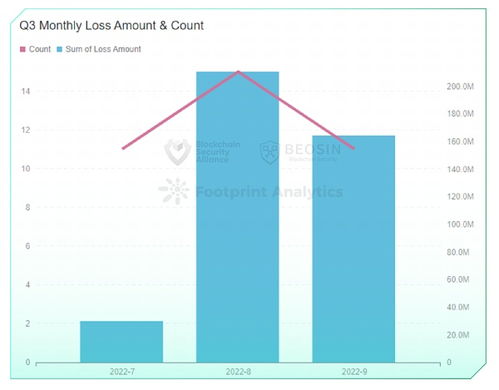Title: A Comprehensive Guide to Blockchain Master Planning and Design
Blockchain technology has emerged as a transformative force across various industries, offering decentralized and secure solutions to numerous challenges. As a blockchain master planning and design expert, your role is pivotal in crafting effective strategies and frameworks for leveraging this technology. This guide delves into the key aspects of blockchain master planning and design, providing insights and recommendations for professionals in this field.
Understanding the Role of a Blockchain Master Planning Designer

The role of a blockchain master planning designer involves developing comprehensive strategies for the implementation of blockchain solutions within an organization or ecosystem. This includes:
1.
Identifying Use Cases
: Analyzing the specific pain points and inefficiencies within industries to determine suitable blockchain use cases.2.
Technology Evaluation
: Assessing various blockchain platforms and technologies to select the most appropriate ones based on the project requirements.3.
Architecture Design
: Designing the overall architecture of the blockchain solution, including consensus mechanisms, data structures, and smart contract functionalities.4.
Scalability and Interoperability
: Addressing scalability challenges and ensuring interoperability with existing systems and networks.5.
Security and Privacy
: Implementing robust security measures to protect data integrity and privacy on the blockchain.Key Considerations in Blockchain Master Planning and Design
1.
Strategic Alignment
: Aligning blockchain initiatives with the organization's overall strategic objectives is crucial for ensuring their longterm viability and success. This involves understanding the business goals and identifying how blockchain can contribute to achieving them.2.
Stakeholder Engagement
: Engaging with stakeholders across different levels of the organization is essential for gaining buyin and support for blockchain initiatives. Effective communication and education about the benefits of blockchain technology can help overcome resistance to change.3.
Regulatory Compliance
: Navigating the regulatory landscape is paramount in blockchain implementation, especially in highly regulated industries such as finance and healthcare. Compliance with data protection and privacy laws is nonnegotiable and should be integrated into the design from the outset.4.
Scalability and Performance
: Blockchain solutions must be capable of handling large transaction volumes without compromising performance. Scalability solutions such as sharding, sidechains, and layer 2 protocols should be evaluated and incorporated into the design where necessary.5.
Interoperability
: Ensuring interoperability with existing systems and networks is essential for seamless data exchange and integration. Standards such as Interoperable Blockchain Networks (IBN) are emerging to facilitate interoperability between different blockchain platforms.Best Practices for Blockchain Master Planning and Design
1.
Start with a Proof of Concept (PoC)
: Begin with a smallscale PoC to validate the feasibility and effectiveness of the blockchain solution before scaling up. This allows for early identification of potential challenges and adjustments to the design.2.
Iterative Development
: Adopt an iterative approach to development, continuously refining and improving the blockchain solution based on feedback and realworld usage. This agile methodology enables rapid adaptation to changing requirements and market conditions.3.
Collaboration and Partnerships
: Collaborate with industry partners, technology providers, and regulatory bodies to leverage collective expertise and resources. Partnerships can accelerate innovation and facilitate the adoption of blockchain solutions on a broader scale.4.
Education and Training
: Invest in educating stakeholders and team members about blockchain technology and its potential applications. Training programs and workshops can empower individuals to contribute effectively to the master planning and design process.5.
Continuous Monitoring and Evaluation
: Monitor the performance and impact of the blockchain solution postimplementation, gathering data and feedback to assess its effectiveness. Regular evaluations enable timely adjustments and optimizations to maximize value delivery.Conclusion
As a blockchain master planning and design expert, your role is multifaceted, requiring a deep understanding of both technical and business aspects. By following best practices and considering key considerations, you can develop robust strategies and frameworks that unlock the full potential of blockchain technology across diverse industries. Embrace innovation, collaboration, and continuous learning to stay at the forefront of this rapidly evolving field.
This guide provides a comprehensive overview of the role of a blockchain master planning and design expert, covering key considerations, best practices, and recommendations for success in this dynamic field.
标签: 区块链策划书 区块链 建筑设计 区块链 城市规划 区块链产业规划师 区块链的设计







